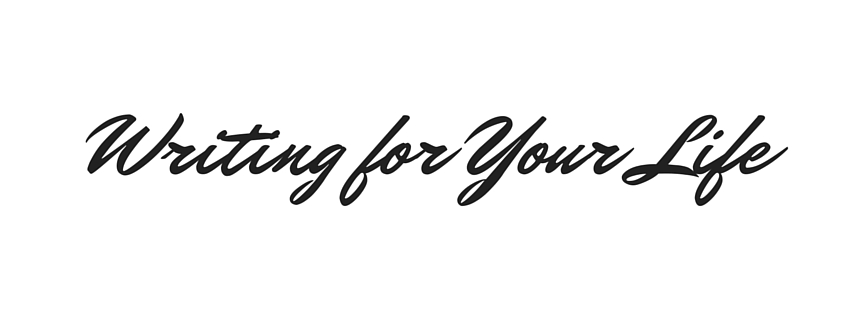– from “Known” by Mark Schaefer
There are three fundamental rules of creating effective social media content that I feel are “can’t miss” principles. No matter what type of rich content you choose, keep these three rules in mind. Here is rule $1:
Rule #1: Add your own story
The world doesn’t need another post entitled “Common Twitter mistakes.” However, I would read posts with headlines that offer something original, like:
- “Five things I want to destroy on Twitter”
- “The five strangest tweets I’ve ever seen”
- “How Twitter saved my marriage”
- “The 20 stupidest things you can do on Twitter”
That last one? I actually wrote that post. It was my first “viral” blog post because it was retweeted by Pee-wee Herman, who has 3 million Twitter followers. When he shared it with his audience, it drove so much traffic to my website that it shut down my server. My business temporarily melted from the Pee-wee Heat.
To stand out, you need to be original, and to be original, you must possess the courage to add your own narrative to the mix. There’s only one you. You have no competition. Never publish content that can be created by someone else.
The ultimate goal of your content is to build an emotional connection between you and your audience. Truly human content leads to awareness, awareness leads to trust, and trust leads to loyalty.
What are some characteristics of human content?
- Vulnerable
- Personal
- Bold
- Unguarded
- Generous
- Confident
A common issue is deciding how much “humanity” is best for your personal brand. Demonstrating honesty and openness doesn’t mean spilling your guts. To me, human content builds empathy and connection by offering a glimpse of your personality.
Here’s an example: A blogger from Sweden posted a photo of his office setup. He said, “Today, I thought I would show you where I work.” This unpretentious piece of content was simple, but it created intimacy by revealing something personal.
On the other end of the scale, there are many who have become known by sharing their lives in the open, like Jenni Prokopy. While working in the construction industry, Jenni started a passion project on the side, a blog called “ChronicBabe” to help other women who live with chronic illness.
At the age of 25, Jenni was diagnosed with fibromyalgia. Soon after came diagnoses of asthma, anxiety, GERD, thyroid disease, and more. She struggled for years, taking test after test and trying an assortment of medications, diets and health programs in an effort to control her symptoms.
Through ChronicBabe, Jenni reveals the travails of her daily life to teach other young women how to live with confidence, have a successful career, and nurture lifelong relationships.
Her personal brand has now become her full-time business. She’s known for her transparency and acceptance of imperfection but has struggled at times to find a personal/public balance, especially when she was going through a divorce. Was she revealing too much, or would she become irrelevant if she portrayed a picture of herself that was too curated? Ultimately, she discovered that when she had the courage to be vulnerable, her audience respected her and trusted her even more.
There is undeniable power in being present through your content. Your personal lessons can instruct and inspire. But you don’t need to feel guilty or phony because you don’t share everything. We all edit our public images to some extent, and that’s OK. You have a personal brand, but you’re not a brand like a Snickers bar ready to be plucked from a shelf. They aren’t the same thing.
I’m a private person, and I have to push myself to disclose aspects of my life in public. And yet, each time I open up a little, I’m greatly rewarded by reader feedback. I’ve become more open because my audience wants me to be. Rock star Pete Townshend once said, “I would have enjoyed keeping my private pain out of my work. But I was changed by my audience who said your private pain, which you have unwittingly shown us in your songs, is also ours.”
You see, we create content. But content also creates us.
I use transparency in my writing to reinforce that we’re all equal in our human condition. We all suffer and stumble through life at times. I also reveal details of my life as indicators of my values. I think it’s fair for my audience to know what I stand for. Setting a boundary allows me to create human content in a way that feels honest and comfortable.
Whatever decision you make, maintaining your personal brand shouldn’t feel like identity labor or like you’re putting on an act. Choose what to share, but don’t be a fake. In the process of becoming known, you get to decide what is part of your professional persona and what isn’t. You don’t have to follow someone else’s path or the expectations social media tends to set for us. And your audience – the right one, anyway – won’t judge you for your choices. They’ll cheer you all the way.
